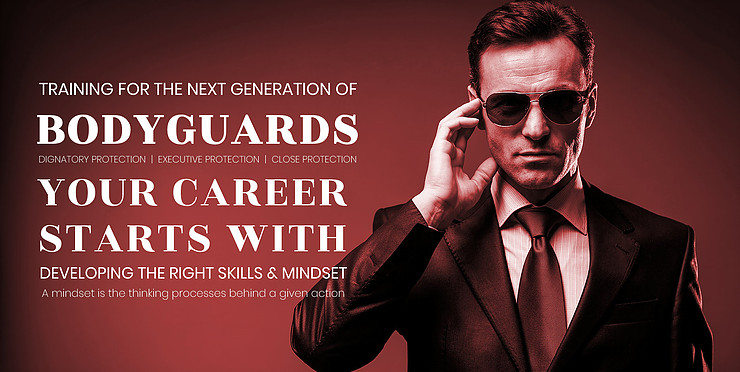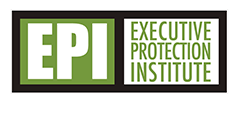 In recent years we have witnessed a divergence from teaching the fundamental skills needed to be successful in this profession giving way to the more thrilling aspects such as shooting or driving because that is what people are willing to pay for.
In recent years we have witnessed a divergence from teaching the fundamental skills needed to be successful in this profession giving way to the more thrilling aspects such as shooting or driving because that is what people are willing to pay for.
Don’t get me wrong, these are important, and this is where regular training will help you master the practical, but what about the thinking processes that precede given actions?
While certain hard skills are necessary for any position, employers increasingly look for job applicants with certain soft ones. That’s because it’s generally easier for an employer to train a new employee in a hard skill (such as how to follow SOPs) than to train an employee in a soft skill (such as tact and diplomacy).
What skills are most important for companies that are hiring?
There are some traits and qualities that employers require of all applicants for employment, regardless of the position they are hiring for. These are called soft skills, and they include the interpersonal skills and attributes you need to succeed in the workplace. They also include the professional skills that are essential for workplace success.
Of course, there are the more tangible skills you need in order to do the job effectively. These are called hard skills, and they are the specific knowledge and abilities required to do the job. You’ll need both for most jobs, and it’s important to show employers that you have the skills they need when you’re applying and interviewing for jobs.
Below is a list of some of the skills that employers consider as most important when recruiting and hiring employees. In order to get your application noticed be sure to incorporate the skills you have that are required for the position for which you are applying in your resume and cover letter. Also, highlight your most relevant skills during job interviews.
1. Analytical
Employees need to be able to figure things out, so you will need to have some analytic skills to succeed in the workplace. The skills you need, and the level of skills required will vary depending on the job and the industry. In conjunction with being able to analyse, employees are expected to be able to organize, plan and prioritize effectively.
2. Communication
The ability to communicate effectively, both verbally and in writing, is essential, no matter what job you have or industry you work in. You will need to be able to communicate effectively with employees, managers, and customers in person, online, in writing and/or on the phone.
3. Interpersonal
Interpersonal skills, also known as people skills, are the skills you use to interact and engage with people. It is not unusual for someone to be hired purely because of his or her ability to connect with people as that could trump the other skills the employer might be seeking, so be sure yours are up to par. Your interpersonal skills will be evaluated during your job interviews, so it’s important to prepare for the interview so you are as comfortable and confident as possible when interviewing.
4. Leadership
When companies hire for leadership roles, they seek employees who can successfully interact with employees, colleagues, clients and others. Even if you’re not applying for management jobs, leadership is a valuable skill to bring to the employer.
5. Positive Attitude
Attitude might not be everything, but it’s extremely valuable. Employers want employees who are positive, even in stressful and challenging circumstances. They want to hire applicants with a “can do” attitude, who are flexible, dedicated and who are willing to contribute extra, if necessary, to get the job done.
6. Teamwork
Regardless of the job, employers want to hire people who are team players who are cooperative and work well with others. They don’t want employees who are difficult to work with. When you are interviewing be sure to share examples of how you worked well on a team.
7. Technical
The technical skills you need will vary, of course, depending on the job. However, most positions require at least some technical skills. Recruiters and hiring managers are looking for candidates who can jump right in on the first day of work and start helping the company achieve its goals. That means finding people with the right technical skills to get the job done.
Technical skills are the abilities and knowledge needed to perform specific tasks. They are practical, and often relate to mechanical, information technology, mathematical, or scientific tasks. These technical skills require training and experience to master. They are also typically a type of hard skill that can be taught in a classroom, and can be defined, evaluated, and measured (as opposed to soft skills, which are personal attributes that help you succeed at work).
This list of technical skills can come in handy for resumes, cover letters, job applications, and interviews. Included is a detailed list of some technical skills that are most desired across industries including ours.
Data Analysis
Nearly every industry today relies on data, whether it is data about their clients or the success of their product. While it is easy for companies to get data, they need employees who can collect, organize, and then interpret that data.
Project Management
This might seem to be more of a soft skill than a hard skill, but project management is critical for all technical projects. Being a good project manager means being an effective leader, delegating tasks, and measuring the success of each project.
Social Media Experience
Throwing a phrase like “experienced in social media” into your resume is no longer enough to impress most employers – today, so many people use social media. However, if you can explain your experience with certain media platforms and quantify your results, you will be able to stand out from the competition.
Technical Writing/Computer Literate
Many jobs that involve written communication require you to explain complex things in a way that is easy to understand. You might have to send messages to clients or write press releases, web content, or manuals for clients. Being able to communicate complex ideas in a clear way will make you stand out in many jobs.
Let Us Help You Showcase Your Skills
Allowing us to help you develop the right skills and mindset (a mindset is the thinking processes behind a given action) will enable you to showcase your top skills and qualities when you’re job hunting.
Please contact craig@pbagroup.com to learn more about how we can help you.
Craig Knowles, Professional Bodyguard Association | United Kingdom



